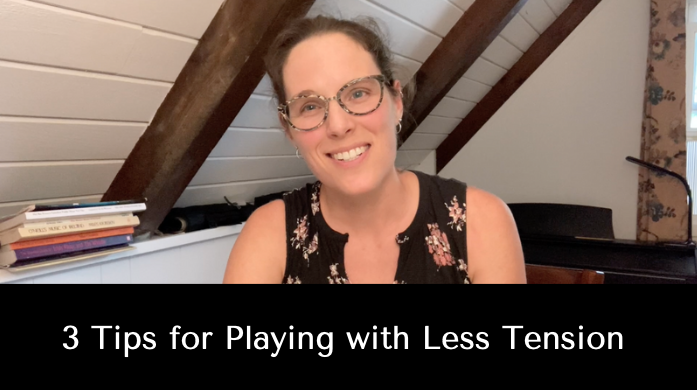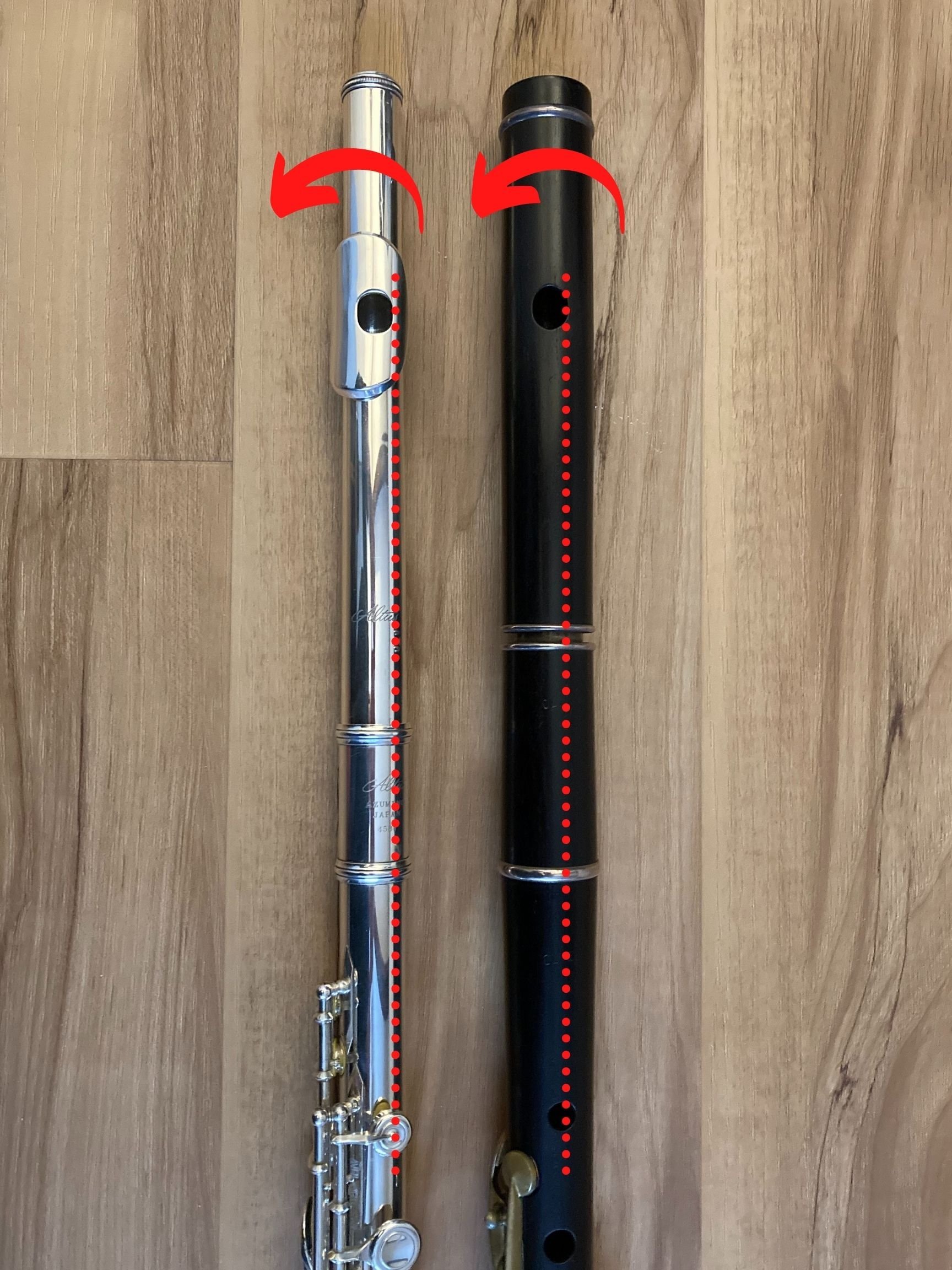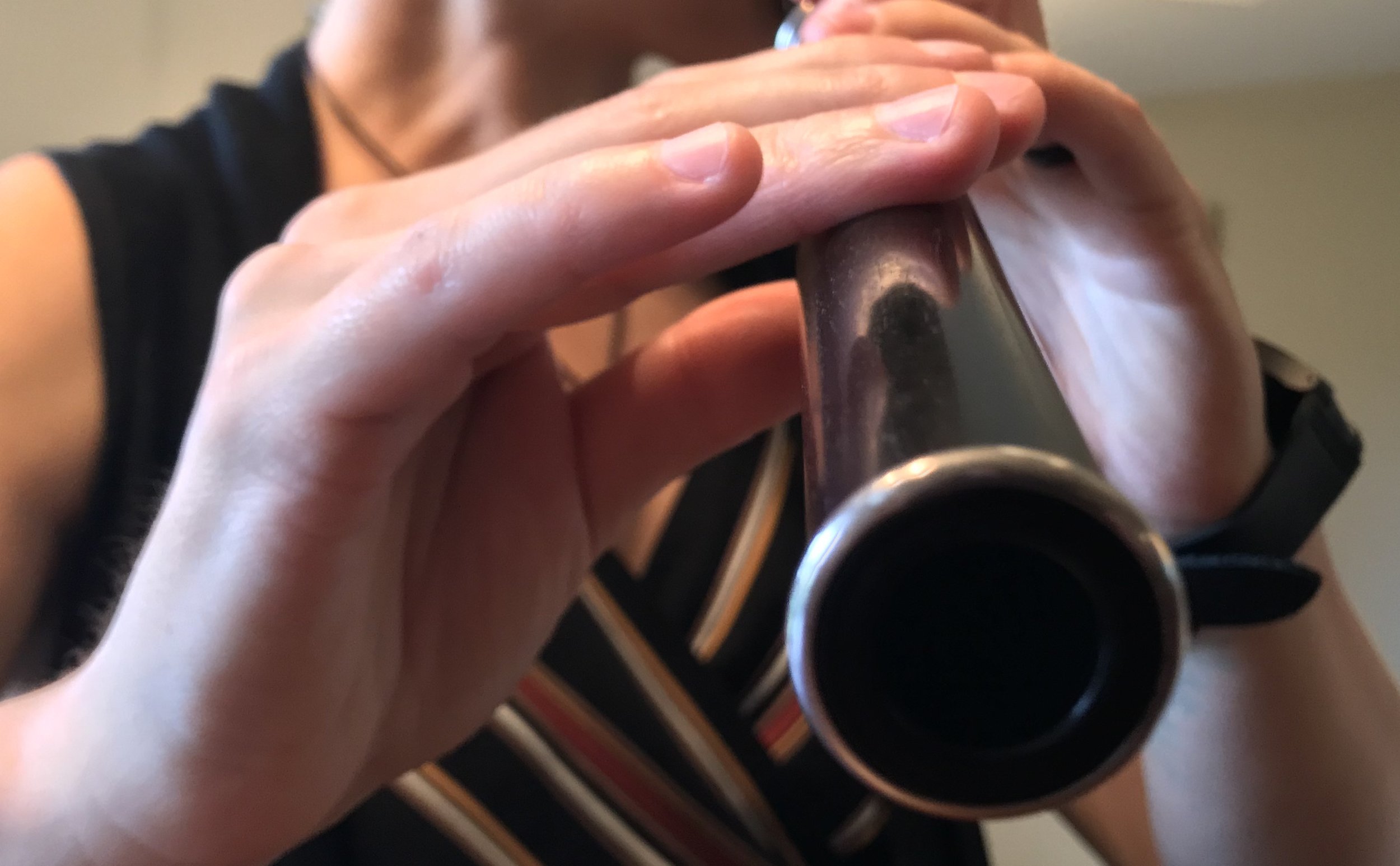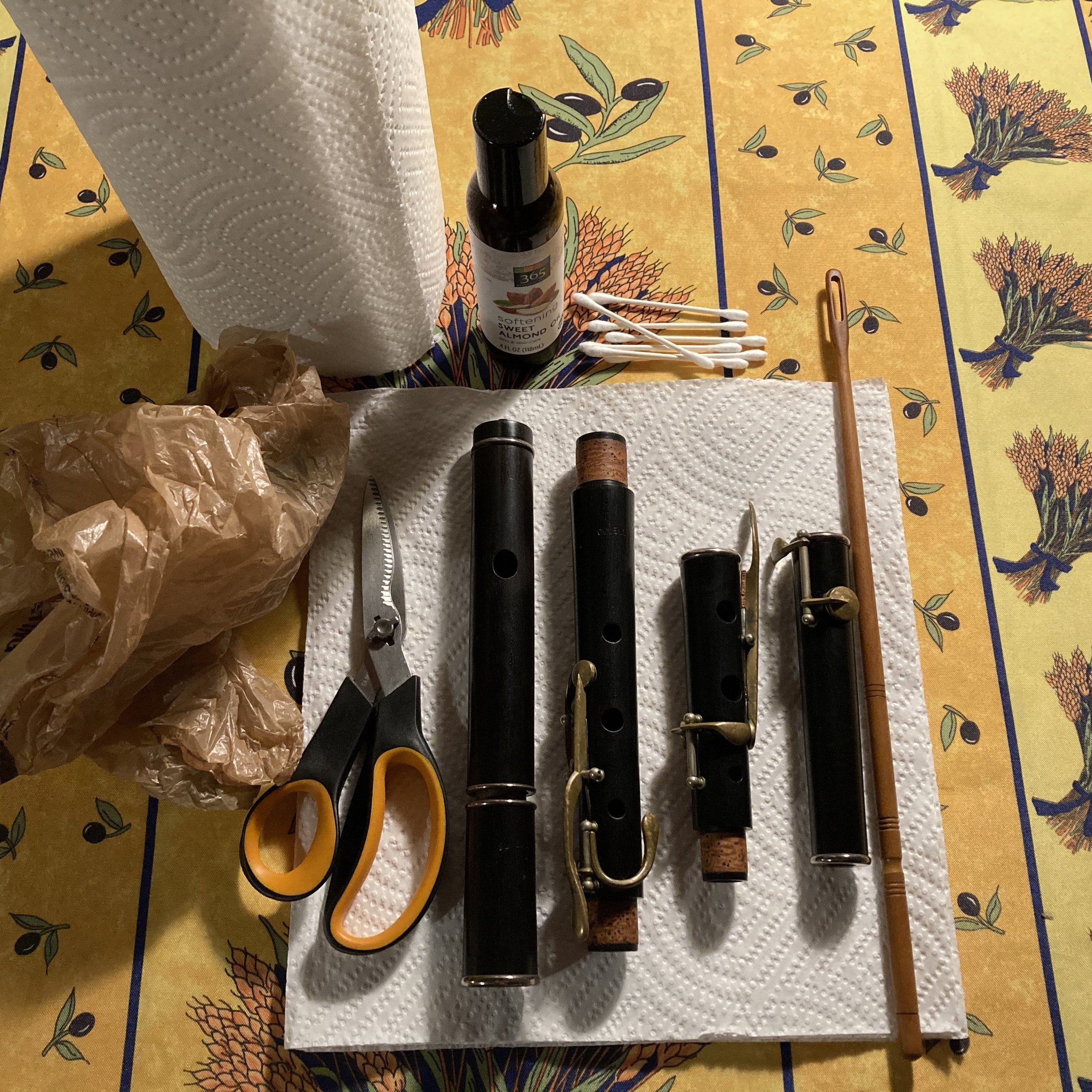
3 Tips for Playing Irish Flute with Less Tension (Video)
How do you play Irish flute with less tension—and in the process unlock better tone quality, intonation, breathing, and enjoyment? I'll answer those questions here!

3 Tips for Changing Octaves and Making Jumps in Irish Flute Tunes (Video)
How do you change octaves and make jumps within Irish tunes—without cracking the sound, losing tone quality, or missing notes? I have three tips for playing with great tone quality, even as you're changing octaves and jumping around.

3 Tips for Irish Flute Intonation and Practice Drones (Video)
How do you get an Irish flute in tune? What are pitch tendencies? And why would playing with drones be helpful? I'll answer those questions here!

3 Tips for Playing Low D on the Irish Flute (Video)
Some of you may have caught my recent article, “3 Tips for Playing Low D on the Irish Flute.” For those who may also find a video walk-through helpful, I recorded a mini-lesson about those 3 low D tips.

3 Tips for Positioning Your Flute Headjoint
Finding the ideal placement for a flute headjoint has important ramifications for intonation and tone quality—and as a result, for ease and enjoyment of playing as well. Positioning of headjoints can often be a matter of personal preference, depending not only on the flute, but on the shape of a player's mouth and the tone quality they wish to achieve. Here are some ideas with which to get started.

3 Tips for Playing Low D on the Irish Flute
One of the questions I am asked most often is how to play that powerful, gritty, dark low D that is so emblematic of Irish traditional flute playing. This is an excellent question, as low D is both the pride and joy of many flute players while also remaining an elusive and tricky beast. In my experience as both teacher and player, three tips in particular can help Irish flutists achieve a great low D.

3 Steps to Oiling an Irish Flute
Oiling a wooden Irish flute is an important part of the instrument's care and upkeep. Wood can swell or shrink depending on varying levels of heat and humidity, and oiling a flute keeps the wood pliable and more able to weather any changes in climate. Well-oiled flutes also react better to the heat and humidity introduced by our breath when they are played. They sound richer, more resonant, and are more responsive.